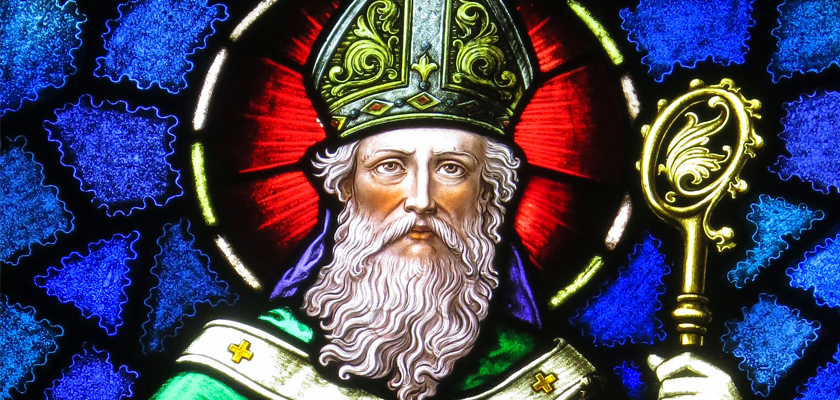This week, the Alabama House of Representatives approved a resolution to officially recognize St. Patrick’s Day and individuals of Irish heritage in Alabama.
St. Patrick’s Day, or the Feast of St. Patrick, celebrates the patron saint of Ireland, who is accredited with converting the Gaelic pagans in Ireland to Christianity in the Fifth Century.
The Roman Empire secured Britain in the First Century A.D. under Emperor Claudius, though earlier emperors had already led invasions and expeditions there. At the time, Britain, as well as the Empire’s elites, were primarily pagan.
However, after Emperor Constantine converted to Christianity in 312 and Emperor Theodosius I made it the official religion of the Empire through the Edict of Thessalonica in 380, Christianity spread rapidly throughout Imperial territories, including Britain.
At the beginning of the Fifth Century, the Roman Empire was on the verge of collapse in Western Europe and withdrew from Britain.
Around this time, St. Patrick was born to a Romano-British father who was a Catholic deacon.
According to his autobiographical “Confessio,” St. Patrick doubted Christian doctrine as a young boy. Gaelic raiders apprehended him when he was 16. He spent six years in Ireland, herding animals as a slave and came to terms with his faith. When he was 22, he escaped and returned to his family in Britain and continued to study Christianity, and became a priest.
After his return, St. Patrick claimed to have a vision of a man from Ireland who brought him a letter encouraging him to go back to Ireland as a missionary and convert the country to Christianity.
St. Patrick’s legacy today is relevant not only to the Irish but to all nations with historical ties to the British Isles as a whole.
After the Romans left Britain, the country was taken over by invaders from modern-day Germany and Denmark: the Angles, Saxons and Jutes. These invaders, now referred to as Anglo-Saxons, reinstituted paganism in Britain.
Irish Christians, owing their Christianisation to St. Patrick, were fundamental to bringing the faith back to Britain. Irish monk St. Aidan established the monastery of Lindisfarne on an island off the coast of Northeastern England, then the Kingdom of Northumbria, around 630.
St. Aidan, along with the Roman missionary and first Archbishop of Canterbury St. Augustine (not to be confused with the more popular St. Augustine of Hippo), is credited with converting the Anglo-Saxons to Catholicism.
The Catholic Church remains predominant in Ireland, but England and Scotland broke away in the 16th Century. King Henry XIII formed the Church of England in 1534, and Calvinist Presbyterians, such as John Knox, formed the Church of Scotland in 1560.
English settlers brought the Church of England to the South in the 17th and 18th Centuries, and later Scotch-Irish Presbyterians also brought their traditions to the New World. These traditions evolved into the various Protestant denominations in the South today. Irish Catholics migrated in large numbers to America in response to the severe Potato Famine in the 19th Century, which led to the deaths of over one million Irish peasants.
Today, St. Patrick’s Day is an official feast day in the Roman Catholic Church, the Anglican Communion, the Eastern Orthodox Church and the Lutheran Church.
State Rep. Arnold Mooney (R-Indian Springs) proposed the resolution to commemorate the saint, which ends by resolving that St. Patrick’s Day has “wound its way into the great melting pot of America.”
To connect with the author of this story or to comment, email will.blakely@1819news.com or find him on Twitter and Facebook.
Don’t miss out! Subscribe to our newsletter and get our top stories every weekday morning.










